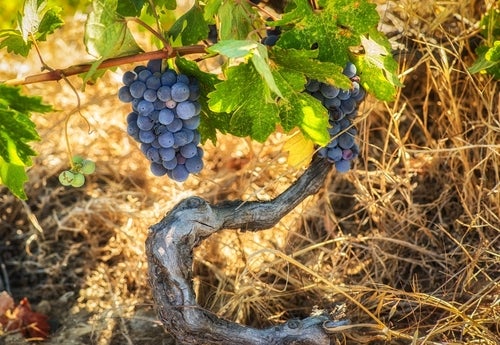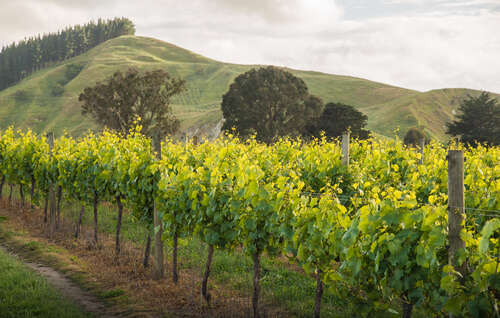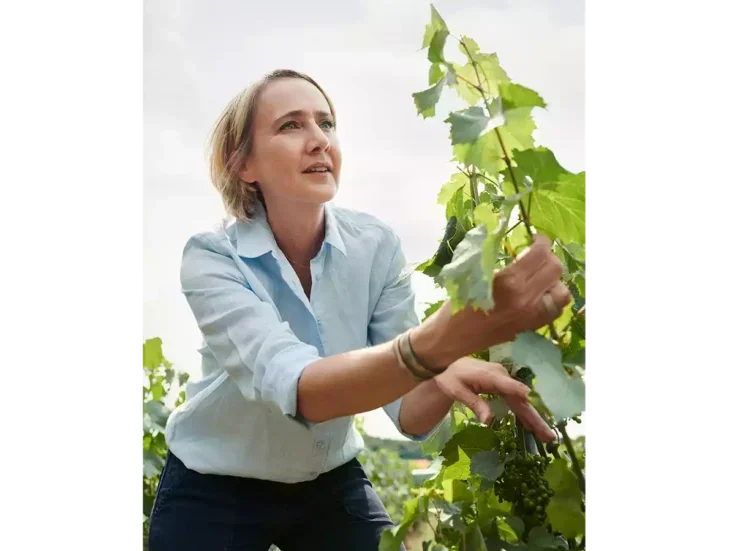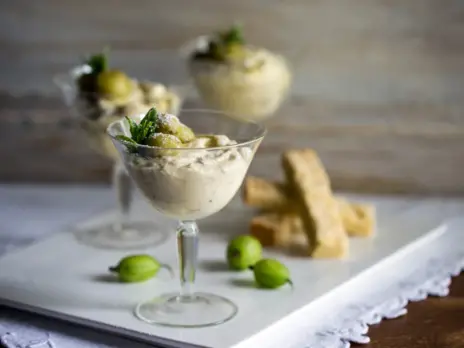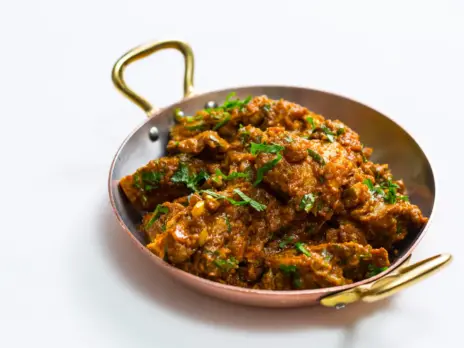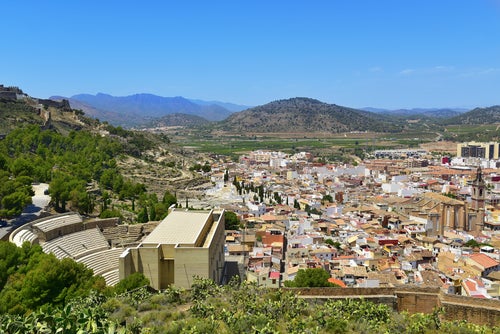
Was Saguntum an ancient fine-wine region or merely a provider of ordinary wines? Stuart Walton scrutinizes the historical sources.
The discovery in late 2024 of a Roman coastal villa in eastern Spain has deepened our understanding of viticulture in what was known to the Empire as the province of Tarraconensis. Given the name of Villa Sant Gregori, the house on the site has been dated to somewhere between the 1st century BCE to the 4th century CE, a broad enough historical time span, but one that adds substantial evidence to the references in ancient texts to the thriving wine region known to the Romans as Saguntum.
Sagunto was one of the urban centres of administrative power in Roman Hispania, in which the Villa would have been a particularly grand edifice, extending over 15,000 square metres. There is archaeological evidence here of both wine production, including storage cellars, and viticulture. Ten parallel trenches would appear to have been planted with rows of vines. Spaced at around three metres apart, these bear an intriguing resemblance to modern vineyard layout, with enough room between the rows for the maritime air to circulate, as well as affording decent exposure to sunshine.
More intriguing still is the apparent use of sub-surface drainage channels in the marshy soils to prevent waterlogging. Antique agricultural texts by the likes of Columella and the elder Pliny incorporate guidelines on the management of claggy soils in the viticultural context, and it seems likely that the system in evidence at Villa Sant Gregori reflected what the Romans were already employing in the Pontine Marshes in coastal Latium (Lazio), southeast of the city of Rome.
Saguntum: Wine of the Roman elite?
Saguntum wine was undoubtedly a familiar product among the Roman elite. It was almost certainly the origin region of the grape variety now known as Monastrell (or Mourvèdre to the French). Wine production became commercially significant here during the reign of Augustus, the first of the Roman emperors (r. 27 BCE-14 CE). In the succeeding century, both the poet Juvenal and the orator and grammarian Marcus Cornelius Fronto refer to Saguntum in their writings, suggesting that its wine was one of the more far-flung features of the overseas empire over which Rome now disposed.
Some of the reporting occasioned by this archaeological find has suggested that Saguntine wine was highly regarded in its day. Not every reference to a gastronomic product in the ancient sources, however, is as complimentary as posterity hopes to find, and deeper delving might suggest that Saguntum was something short of an ancient DOC. The master satirist Juvenal lays before us a fractious scene of domestic antagonism, in which the host of a gathering typically divides the guests according to their social status by reserving the better wines for the elite, while fobbing off the lower orders with whatever aggravating slosh lies to hand. Disputatious uproar is the inevitable result, as you realise you are being mugged off with the noxious swill:
Wranglings are the prelude of the fray: but soon you begin to hurl cups as well in retaliation, wiping your wounds with your napkin as it gets stained with blood; more often than not, a pitched battle, begun with jugs of Saguntine gear, rages between you and the regiment of freedmen [Satires 5]
Wine that ends up being one of the principal weapons in a drink fight doesn’t sound as though it is either being served or received as a treasured imperial product. In an even more damning verdict, Juvenal characterises the wine as being so rough that “even dirty sheep clippings wouldn’t suffer it,” referring to the medicinal practice of steeping wine in sheared wool as an aid for sterilising wounds.
It wasn’t only Juvenal who took a robustly sour view of Saguntum. A century earlier, the great mythographer Ovid refers to Saguntum as a well-known wine in Rome, but of the kind of quality in which the best one can say of it is that it does the trick. It is at least useful, he suggests, if you want to get your mistress good and spifflicated in a hurry [Ars Amatoria 3].
Sagunto was known in antiquity as much for its pottery as for its wines, and there was a standard Saguntine cup from which the wine was drunk. Thus, the epigrammatist Martial, again in the first century BCE, in a section of his chief work dealing with drinking vessels, advises the reader, “Accept these cups, fashioned of Saguntine clay, which your servant may take and handle without anxiety” [Epigrams 14: 108]. The cups were sturdy enough to be trusted to the clumsiest steward, but does this really amount to an encomium for the wine they contain, or does it suggest that it was as rough-and-ready as the clay goblets themselves? The succeeding epigrams concern jewelled cups, ampullae for spice-perfumed wine, and crystal glasses, which stand out for their sense of occasion against the demotic clay of the Saguntine creature.
These days, wines made in the vicinity of Sagunto fall under the umbrella DO of Valencia, where fortified Moscatel and Tarongino fermented citrus wine carry the banners for regional distinctiveness. Either of them might have given Saguntum, at least among discerning Romans, a run for its money.

